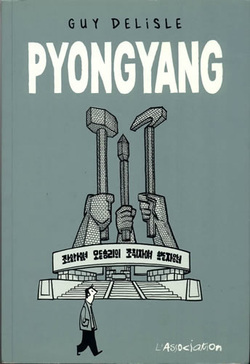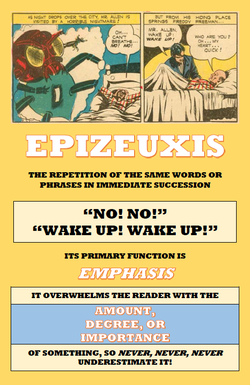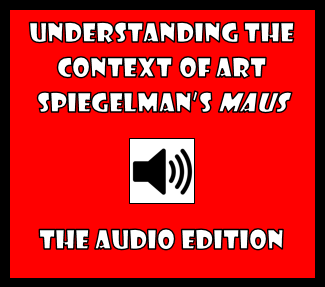 Next month, I'll have the good fortune of presenting at the annual CITE conference at Upper Canada College in Toronto. CITE is an acronym for the Conference of Independent Teachers of English, an organization made up of teaching professionals from independent schools in Ontario. The workshop I'm presenting has the same title as this blog post, and here's the description I've provided to organizers: This workshop explores how, in recent years, visual narrative has become an important literary genre for teaching us about the world. Indeed, comics has seen an explosion in personal narratives in which graphic novelists have traveled to far and distant places and then written about their experiences. These writers have a great deal to teach us, and to teach our students, about how we see the world, how others see it, and how our collective perceptions are informed by travel. The workshop identifies ten of the very best graphic memoirs from the past two decades and talks about how we can use these in the classroom to foster curiosity, engagement, and global inquisitiveness. I have a range of graphic novels I'm planning to share with conference participants--Pyongyang and Jerusalem: Chronicles from the Holy City by Guy Delisle, Beirut 1990 by Sylvain and Bruno Ricard, and the works of Joe Sacco--but I was interested in what visitors to Comics in Education, if given the opportunity to present such a workshop, would choose to discuss. Is there are great work of graphic travel writing that you feel teaches us "about how we see the world, how others see it, and how our collective perceptions are informed by travel?" If so, I'd love to hear from you! When it comes to comics in education, these sorts of discussions are invaluable. Looking forward to hearing from you at www.comicsineducation.com!
2 Comments
3/24/2014 04:53:19 pm
One of my all time favorite travelouges is Sarah Glidden's "How to Understand Israel in 60 Days or Less." I think it beautifully demonstrates why people might hold certain views, the complicated nature of truth, how emotions and personal background inform our views of "truth." Matt Bors, who is mostly known as an editorial cartoonist (he now edits the website The Nib) also journeyed to Afghanistan and documented it. It was his first time leaving the United States: http://www.cartoonmovement.com/comic/6
Reply
10/16/2014 02:36:50 pm
Loved the graphic novel War Brothers by Sharon McKay and Daniel LaFrance, which documents the story of a child soldier in Uganda. Shocking, horrifying, but definitely an authentic way in to the story for older kids. Also really enjoy the Aya series by Ivorian author Marguerite Abouet. The illustrations by Clement Oubrerie are unbelievably good. You can linger on a spread for ages, soaking in all the details, especially the village market scenes. The heroine is 19 so this is for an older teen (sex, and stuff too!), but what an intro to "real life" in a developing country. And then there's the Kampung Boy, by Datuk Mohammad Nor Khalid, set in Malaysia, that has us follow a lad, Lat, from his home in a village near the rubber plantation into the larger city. Such an intimate portrayal, realistic and touching. Definitely teaches us about the world!
Reply
Your comment will be posted after it is approved.
Leave a Reply. |
Glen DowneyDr. Glen Downey is an award-winning children's author, educator, and academic from Oakville, Ontario. He works as a children's writer for Rubicon Publishing, a reviewer for PW Comics World, an editor for the Sequart Organization, and serves as the Chair of English and Drama at The York School in Toronto. If you've found this site useful and would like to donate to Comics in Education, we'd really appreciate the support!
Archives
February 2019
|



 RSS Feed
RSS Feed
